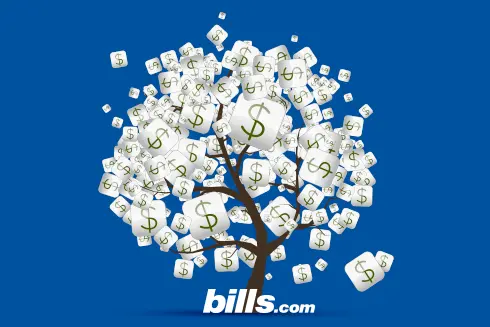FAFSA Loan Consolidation

Get rid of your debt faster with debt relief
Choose your debt amount
Or speak to a debt consultant 844-731-0836
My FAFSA Loans won't cover my student loan costs? How can I get a student loan for the difference?
My credit is ok for my age but its not good enough. My parents credit is not good and they are the only co-signers i have. Ive already completed the fafsa but the money i received is still not enough. How can i get a loan of about 10,000 to cover the rest of my expenses when i dont have anyone else to co-sign? If you have any suggestions i would truly appreciate it. Thank You.
My first recommendation is that you go sit down with a financial aid advisor at your school, explain your problem, and find out what he or she recommends. When I was in school, I found myself in a similar situation, and found my school's financial aid advisor to possess a wealth of information about available loans, grants, and scholarships. Your advisor should be able to direct you to private lenders willing to loan money to students with poor credit, including those without co-signors.
Given you already completed the FAFSA and need additional funds, you will probably require private student loans to bridge the gap between the FAFSA funds and your actual tuition expenses. Private student loan financiers know the majority of students have not yet established a meaningful credit profile, so many lenders do not focus on students' credit scores when making lending decisions. However, these lenders tend to charge rather high interest rates on their loans, especially compared to federally insured loans, so you should work to repay any private student loans you obtain as soon as possible after graduation. Again, I recommend that you speak with your school's financial aid advisors to find out more about private student loans.
A possible alternative loan resource you may want to explore are peer-to-peer loans from Prosper or Lending Club. Both are Web sites that put private lenders in contact with private borrowers. A private lender may be more willing extend you a loan than a traditional bank.
For more information about student loans, I encourage you to visit the Bills.com student loans page.
Best of luck in finding a loan to help finance your education. I hope this information helps you Find. Learn & Save.
Best,
Bill

Get rid of your debt faster with debt relief
Take the first step towards a debt-free life with personalized debt reduction strategies.
Choose your debt amount
Or speak to a debt consultant 844-731-0836